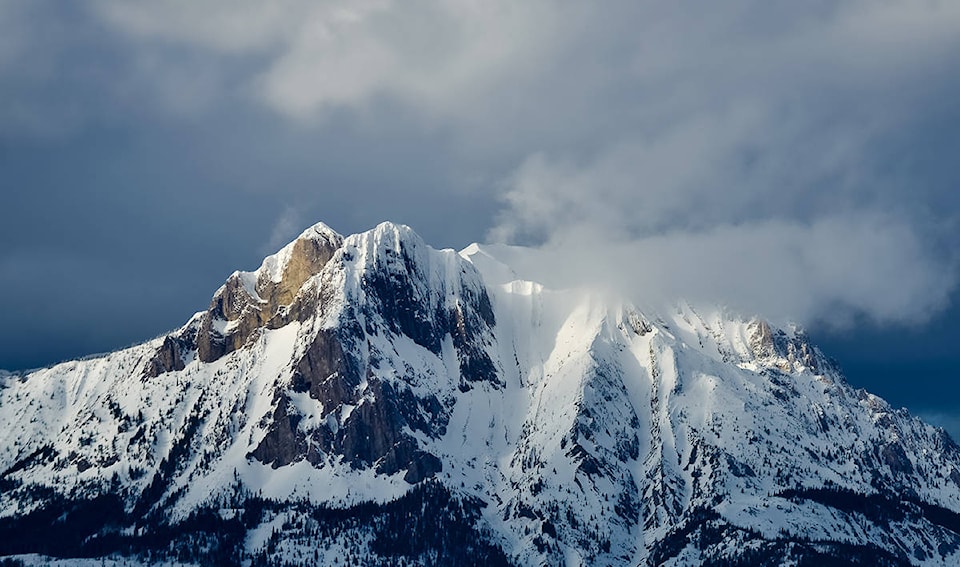After a recent warm spell that brought ample rain, the Lizard Range and Flathead area finally saw five to 25 centimetres of fresh snow this past weekend.
The Lizard Range and Flathead area of B.C. extends as far north as Sparwood and down south towards the United States border. The zone stretches east to Waterton Lakes Provincial Park, and it continues just past Jaffray to the west.
Coupled with the new snow piling on top of a thick rain crust that extends as high as 2100 metres, storm snow and wind have combined to create new sensitive slabs, raising avalanche danger from a level one, to a level three in the alpine and treeline.
A level three is described as dangerous avalanche conditions according to Avalanche Canada, wherein people are advised to carefully evaluate snowpack, take caution with route finding, and make conservative decisions in the backcountry. Human triggered avalanches are likely at this level, and avalanches can be anywhere from small to very large.
In the coming days, though natural avalanche activity is expected to lessen, human triggered storm slab avalanches are still a possibility. Avalanche Canada currently advises backcountry riders to take extra caution when transitioning into wind affected terrain, and to always be on alert for clues of instability.
Care should also be taken above cliffs and other aspects where small avalanches can put riders in danger, as well as to watch out for windslabs that were visible before the new snowfall but can no longer be seen. Another potential danger that may result from the recent warming is related to the bottom 20 centimetres of the snowpack, wherein the basal facets and decomposing crusts could pose a threat.
Avalanches not only put riders in the backcountry at risk, but also drivers traveling through avalanche areas and various alpine passes. Due to the nature of winter driving in British Columbia, it is highly advised to check Drive BC for any closures or warnings before hitting the road, and to drive according to conditions.
Ultimately, it is in every riders best interest to check updates on Avalanche Canada before any backcountry expedition. This article is only a recent summary of avalanche bulletins, not a complete outline of the current avalanche risk. For more information on avalanches visit Avalanche Canada’s website at avalanche.ca.
editor@thefreepress.ca
Like us on Facebook and follow us on Twitter
